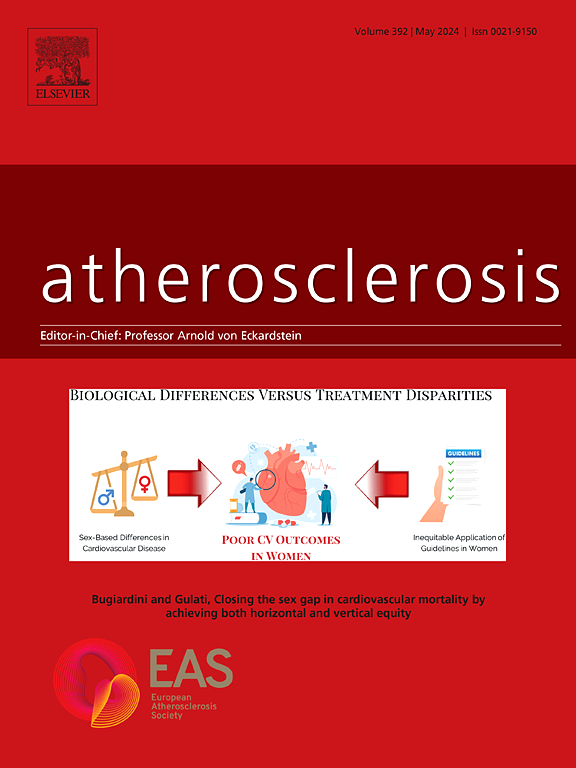N-acetylcysteine therapy reduces major adverse cardiovascular events in patients with type 2 diabetes mellitus
IF 4.9
2区 医学
Q1 CARDIAC & CARDIOVASCULAR SYSTEMS
引用次数: 0
Abstract
Background
Effective preventive strategies for major adverse cardiovascular events (MACE) in T2DM patients are limited. Recent studies have explored the cardiovascular benefits of N-Acetylcysteine (NAC), an antioxidant with endothelial protective properties. This study investigates the long-term effects of NAC on MACE risk in T2DM patients, focusing on its potential as an adjunctive therapy.
Methods
This population-based cohort study used data from Taiwan's National Health Insurance Research Database (NHIRD) and included 46,718 T2DM patients diagnosed between 2008 and 2018, with follow-up until December 31, 2021. Propensity score matching (PSM) ensured balanced comparisons between NAC users and non-users. Cox regression and time-dependent Cox hazards models assessed MACE risk, adjusting for multiple covariates.
Results
In the matched cohort of 23,359 NAC users and 23,359 non-users, NAC users had a significantly lower incidence of MACE (41.74 % vs. 46.87 %, P < .0001). Adjusted Hazard Ratios (aHRs) indicated a consistent protective effect of NAC against overall MACE (aHR: 0.84; 95 % CI: 0.81–0.86, P < .0001). Higher cumulative defined daily doses (cDDD) of NAC correlated with reduced MACE risk, with the highest quartile (Q4) showing an aHR of 0.61 (95 % CI: 0.58–0.64, P < .0001).
Conclusion
This study underscores the significant reduction in MACE risk among T2DM patients with long-term NAC therapy. Notably, the findings emphasize NAC's dose-dependent effectiveness in diminishing MACE incidence, indicating its potential as a valuable adjunctive therapy for managing cardiovascular risk in T2DM patients.

求助全文
约1分钟内获得全文
求助全文
来源期刊

Atherosclerosis
医学-外周血管病
CiteScore
9.80
自引率
3.80%
发文量
1269
审稿时长
36 days
期刊介绍:
Atherosclerosis has an open access mirror journal Atherosclerosis: X, sharing the same aims and scope, editorial team, submission system and rigorous peer review.
Atherosclerosis brings together, from all sources, papers concerned with investigation on atherosclerosis, its risk factors and clinical manifestations. Atherosclerosis covers basic and translational, clinical and population research approaches to arterial and vascular biology and disease, as well as their risk factors including: disturbances of lipid and lipoprotein metabolism, diabetes and hypertension, thrombosis, and inflammation. The Editors are interested in original or review papers dealing with the pathogenesis, environmental, genetic and epigenetic basis, diagnosis or treatment of atherosclerosis and related diseases as well as their risk factors.
 求助内容:
求助内容: 应助结果提醒方式:
应助结果提醒方式:


